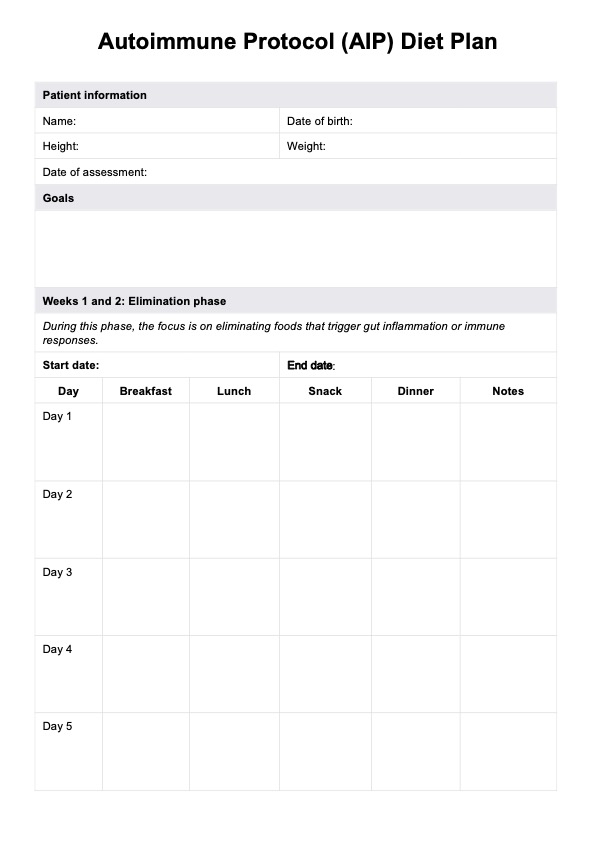An AIP Diet Plan may be requested by an individual experiencing inflammation with certain foods or worsened symptoms of autoimmune diseases. Additionally, individuals expressing signs of poor gut health, such as cramping, painful bloating, excessive flatulence, or fatigue, may be recommended to try the AIP diet plan as a final dietary testing and management strategy.












